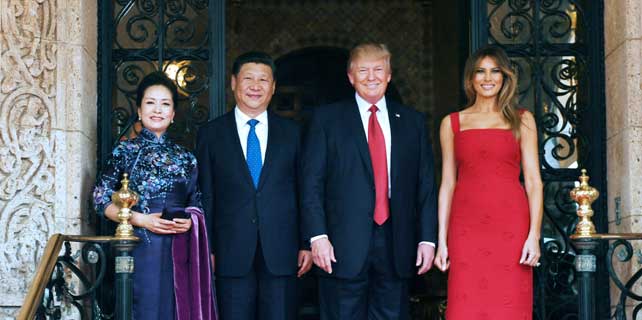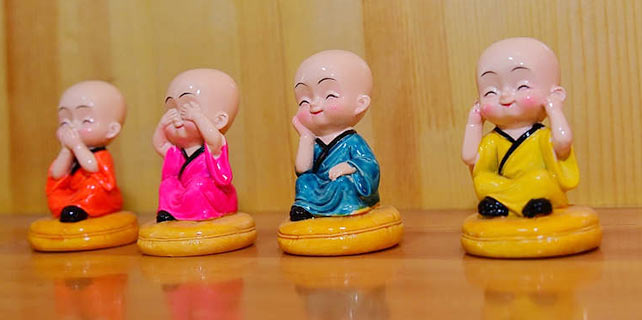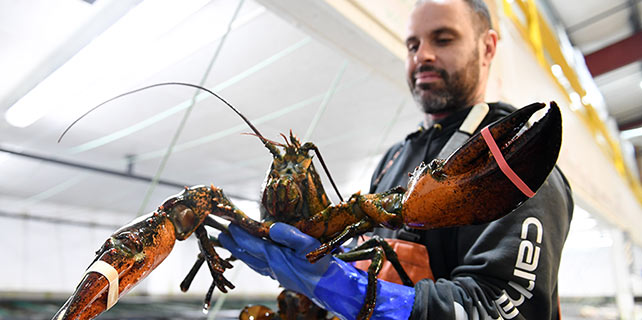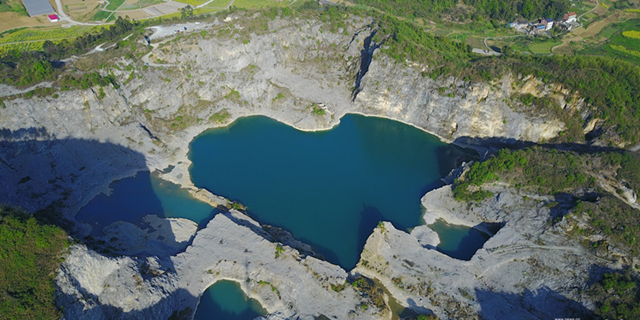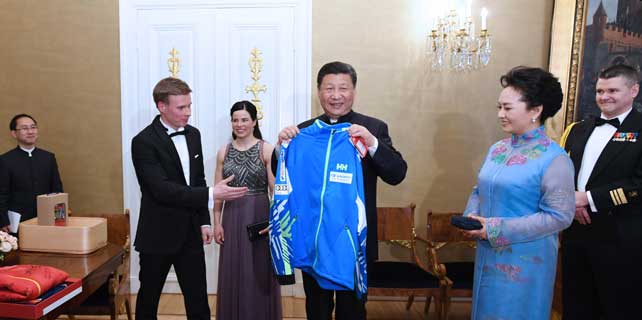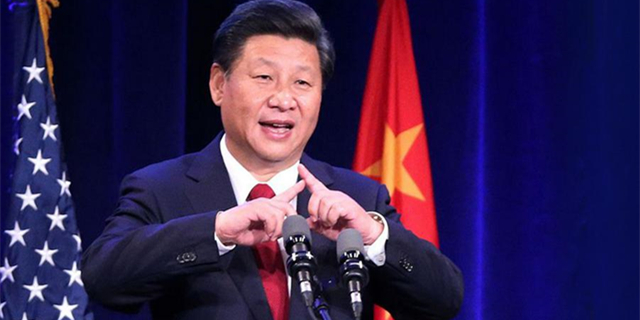Stories behind the facade
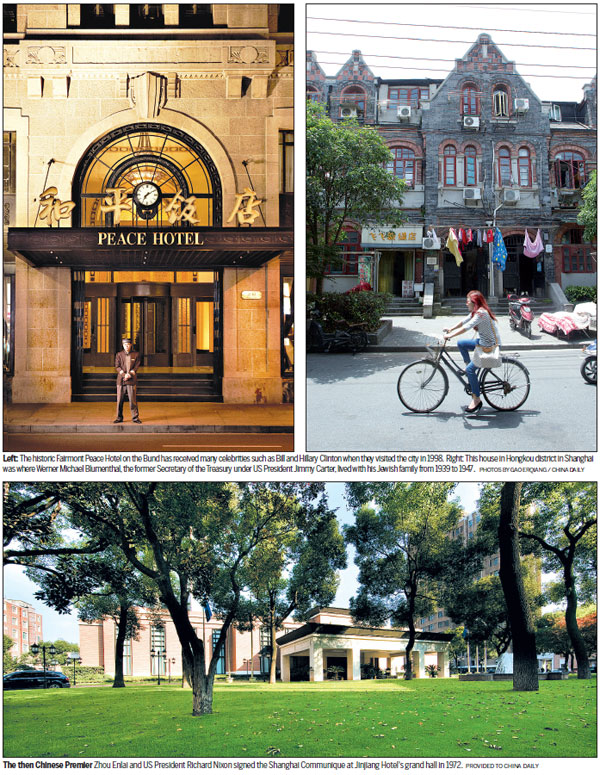
A look at some of the historic buildings in Shanghai that were once a home away from home for world leaders and celebrities
As China's financial capital and one of the earliest Chinese cities that was opened to the world, Shanghai has no lack of historical sites that have links to prominent figures.
While the city, often dubbed the "Paris of the East", may be remembered by many as a decadent paradise for the well-heeled, it has also been a place where others have sought refuge.
Werner Michael Blumenthal, the former Secretary of the Treasury under US President Jimmy Carter, was one such individual. In the late 1930s, he and his Jewish parents left Germany for Shanghai, the only place in the world that did not require an entry visa. During World War II, the family lived in the city's northern ghetto in Hongkou district for eight years with 18,000 other Jewish refuges from around the world.
For others, the days spent in Shanghai were more pleasant.
English playwright Noel Coward, one of the highest-earning writers of his time, drafted his famous comedy Private Lives in Room 314 of the historic Fairmont Peace Hotel on the Bund. Two floors above, English comic actor and filmmaker Charlie Chaplin left as many footprints in Room 51 - it is now Room 568 - as on the floor of the hotel's Tower Night Club where he and American actress Paulette Goddard danced.
A stone's throw away from where the Tower Night Club used to be, the revolving door facing the waterfront was once used as an exclusive entrance for Bill and Hillary Clinton when they visited the city in 1998. The entrance is closed most of the time as the hotel's management team believes it is bad fengshui to have the main entrance face a water body.
Deeper in the city's downtown area, the 1,200-square-meter hall that sits in the center of Jinjiang Hotel is famous for being an important site in the normalization of Sino-US relations.
It was the place where the then US President Richard Nixon and Chinese Premier Zhou Enlai had signed the Shanghai Communique, also known as the Joint Communique of the United States of America and the People's Republic of China, at the conclusion of his China trip in 1972.
The week-long visit to the country by Nixon, who also stopped for meetings in Beijing and Hangzhou, Zhejiang province, marked the first time a US president visited the People's Republic of China, thus formally normalizing relations between the two countries.
Surrounded by an ever-green lawn with three main buildings, the hotel was previously named Cathay Mansion and was the home of the Jewish banker who built it in 1925. It was taken over by the municipal government and run as a State-owned luxury hotel from 1951.
Before the Shanghai Communique was signed at its grand hall in 1972, Jinjiang Hotel had hosted more than 300 visits by State leaders and government heads from around the world. Despite being a seasoned hand at receiving prominent political figures, the hotel nevertheless faced "an unprecedented challenge" when Nixon visited Shanghai in 1972, recalled Qiu Huanxi, a former hotel staff.
"We were told about the visit less than one week before (the arrival of Nixon)," said Qiu, who was on the special team tasked to receive the US president.
Qiu's team consisted of 14 hotel staff, including a receptionist, a barber, a restaurant waiter and a doorman. Backing this "vanguard team" was a large group made up of other staff and even members of the public, according to the hotel's archives.
Most of the food and beverage consumed by the US president was flown in from the US. It was only after the release of the Communique that Nixon ate three dishes from the hotel's Chinese restaurant. These dishes include chicken, fried shrimp balls and broad beans fried with mushroom. Unlike what had happened at the State banquet with premier Zhou where he used chopsticks, Nixon used knives and forks to eat these three dishes, recalled Qiu.
The room Nixon stayed in was the presidential suite on the 16th floor of the hotel's main building, then considered the best hotel room in the city. The suite has since undergone multiple renovations and is today regularly occupied by local celebrities and high-profile personalities.
Nixon revisited Jinjiang Hotel during his third trip to China in 1993, though this time around he did not stay on the premises. Four years later, the Grand Hall was reconstructed and expanded tenfold in size.
Britain's Prince William is another high-profile personality who had checked into a Shanghai hotel in recent years. He spent several nights at the InterContinental Shanghai Ruijin during his visit in March 2015.
Built by English newspaper tycoon H E Morris in 1916 as a private residence, the historic 100-acre estate boasts one of the largest gardens in the former French concession area and is famous for its celebrity clientele before and after its conversion into a State guesthouse in 1979.
Well-known figures who have stayed in the hotel include late Chairman Mao Zedong and Nixon. Other personalities have been known to turn the estate's most impressive building in the compound which features English neoclassical architecture into their home and office.
The former Kuomintang leader Chiang Kai-shek and his wife Soong May-ling spent the first few years of their marriage there, and Chen Yi, the first mayor of Shanghai, lived and worked in the building during his time in office in the 1950s.
xujunqian@chinadaily.com.cn




